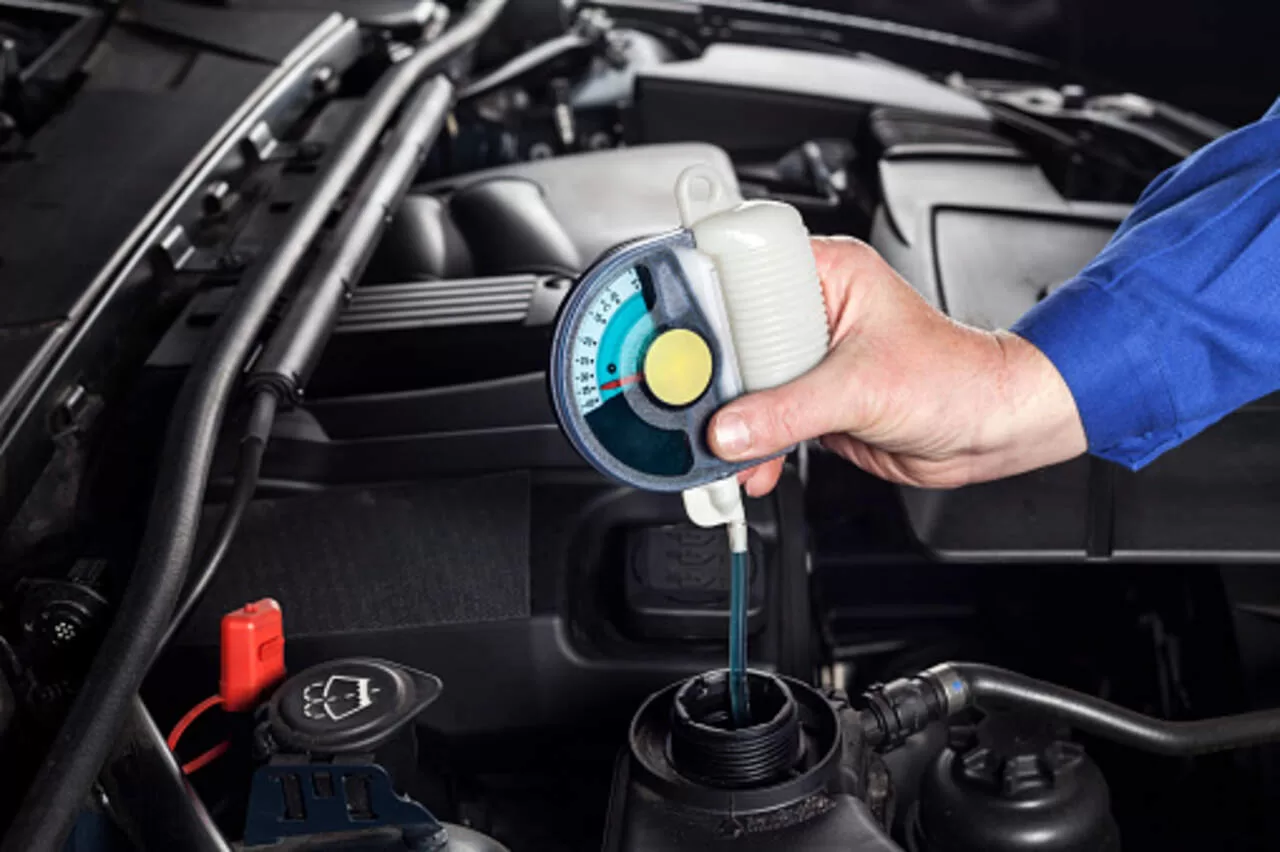An engine’s cooling system is vital in running smoothly and efficiently. The coolant is a crucial component of the cooling system, as it helps regulate the engine’s temperature and prevent overheating. However, when the engine coolant temperature rises above its recommended operating range, it can lead to engine damage, reduced fuel efficiency, and potentially catastrophic failure.
This blog will explore the causes, consequences, and preventive measures of engine coolant over temperature Ford.
What Is Engine Coolant Over-Temperature?
It occurs when the engine’s cooling system fails to regulate the temperature of the coolant within the recommended range. The recommended range of coolant temperature varies from one vehicle to another.
But it typically ranges from 190 to 220 degrees Fahrenheit. The engine overheating but the coolant’s full limit exceeds the range; this can lead to engine damage and failure.
Causes of engine coolant over-temperature:
If the coolant over-temperature Ford Taurus, it could indicate a problem with the cooling system. Here are a few possible causes:
-
Insufficient coolant level
A low coolant level is one of the most common causes of engine coolant over-temperature. When the coolant level is low, insufficient fluid transfers the heat away from the engine, resulting in overheating.
-
Thermostat failure
The thermostat is a cooling system that regulates the flow of coolant to the engine. When the thermostat fails to open or close properly, it can disrupt the flow of coolant, leading to coolant over-temperature.
-
Cooling system leaks
Leaks in the cooling system can cause the coolant level to drop, leading to overheating. The most common leaks include radiator leaks, hose leaks, and water pump leaks.
-
Faulty water pump
The coolant must be circulated across the powertrain by the water tank. When the water pump fails, it can cause the coolant to stop flowing, resulting in engine coolant over-temperature.
-
Clogged radiator
A clogged radiator can reduce the coolant flow, causing the engine to overheat. The most common cause of a clogged radiator is a buildup of debris or corrosion.
Consequences of engine coolant over-temperature:
Several outcomes can be noticed when coolant over temperature protection mode is active. These include some of the following:
-
Engine damage
When the coolant over-temperature occurs, it can cause damage to the engine’s components, such as the cylinder head gasket, pistons, and bearings. Over time, the heat can cause these components to warp or crack, leading to engine failure.
-
Reduced fuel efficiency
An overheating engine can reduce fuel efficiency, as the engine must work harder to compensate for the loss of power caused by overheating. This can result in increased fuel consumption and reduced mileage.
-
Catalytic converter damage
The catalyst, which lowers fumes, might be damaged while the motor runs warm. Higher pollutants and possible failure of pollution standards can result from a broken carburetor.
-
Safety hazards
Coolant over-temperature can create safety hazards on the road. If the engine overheats while driving, it can lead to a loss of power, resulting in accidents or breakdowns.
Preventive measures for engine coolant over-temperature:
When your ford taurus coolant over temperature appears, you can take the following steps to troubleshoot the problem:
-
Regular maintenance
Regular maintenance, including coolant system flushes, can help prevent coolant over-temperature. After 30,000 miles or even every 2 years, the coolant reservoir should be cleansed.
-
Check the coolant level
Engine coolant overheating can be avoided with routine coolant balance checks and necessary top-offs.
-
Replace the thermostat
The thermostat should be replaced every 50,000 to 100,000 miles or when signs of failure are detected.
-
Inspect the cooling system for leaks
Checking the cooling system for leaks and repairing them promptly can help prevent engine coolant over-temperature.
-
Replace the water pump
The water pump should be replaced every 100,000 miles or as the manufacturer recommends to ensure proper coolant circulation.
-
Clean the radiator
The cleaning of the radiator can help prevent clogs and ensure proper coolant flow.
-
Use the recommended coolant
Using the recommended coolant type and mixing it can help prevent engine coolant over-temperature.
-
Monitor engine temperature
It is essential to monitor the engine temperature gauge and address any abnormal readings immediately to prevent engine coolant over-temperature.
-
Avoid overloading
Avoiding overloading the vehicle and driving in extreme temperatures can help prevent coolant over-temperature.
Bottom Line
Engine coolant over-temperature Ford fusion can lead to significant engine damage, reduced fuel efficiency, and safety hazards. Regular maintenance, including the coolant system, checking the coolant level, and replacing the thermostat and water pump, can help prevent coolant over-temperature. It is essential to handle any indications of engine coolant overheating right away to protect the motor and guarantee the security of the car and its passengers.
FAQ’s
What is Engine coolant over temperature?
Engine coolant overtemperature occurs when the temperature of the engine coolant rises above the normal operating range. This can be brought on by a number of things, including a broken regulator, a leaking coolant system, or a defective cooling unit.
What should I do if my engine coolant is too hot?
If you notice the engine coolant temperature rising above the normal range or receive an engine coolant temperature warning light, you should immediately prevent engine damage. Here are some things you can do:
What to do when it says engine coolant over temperature?
You must immediately take the following necessary actions if the coolant over temperature sensor displays an alert or an indicator light:
- Stop driving the vehicle and turn off the engine.
- Before checking or adding coolant, let the engine cool completely.
- If more coolant is required, verify the amount and add it, but make sure to use the correct type and blend.
- Check for leaks in the coolant system, such as hoses, connections, or radiator.
- Check the operation of the cooling fan and fan clutch (if equipped).
- Check the thermostat for proper operation and replace it if necessary.
- If you cannot diagnose or fix the issue, have the vehicle towed to a mechanic or dealership for repair.
How to fix engine coolant over temperature?
The specific steps to fix ford edge coolant over temperature will depend on the root cause of the problem. If you can diagnose the issue yourself, you can fix it by replacing a faulty part or repairing a leak. However, some issues may require the expertise of a professional mechanic or dealership. To avoid further damage to the engine, it’s crucial to have the issue addressed as soon as possible.




